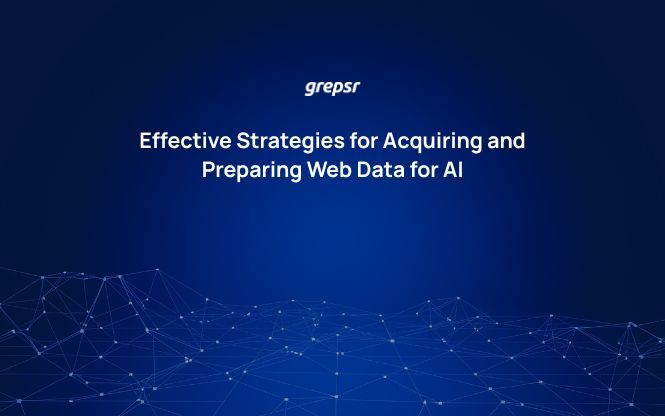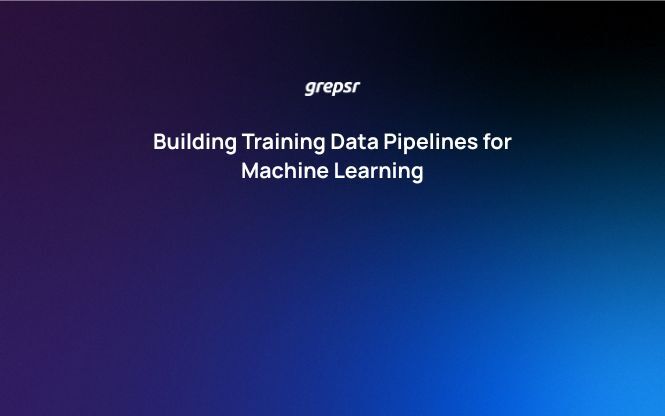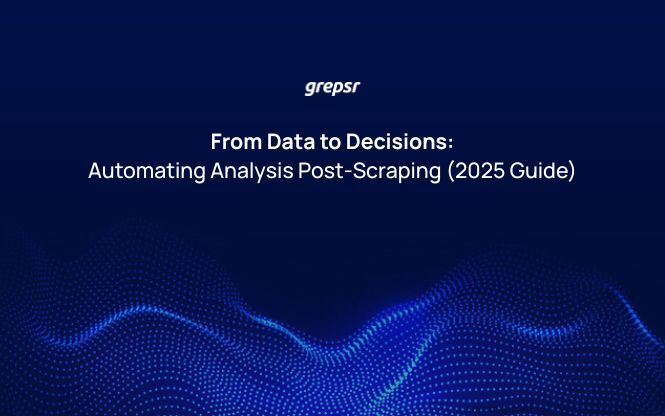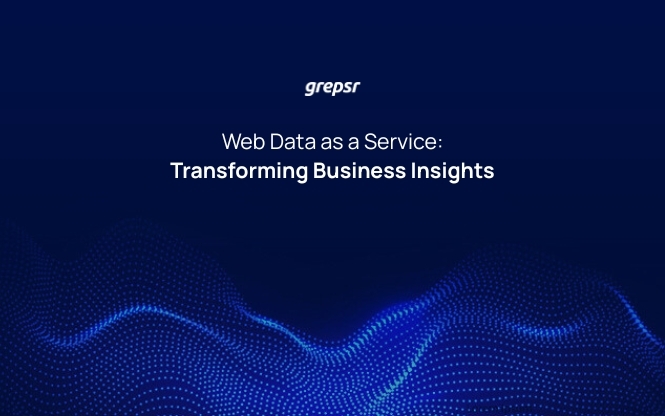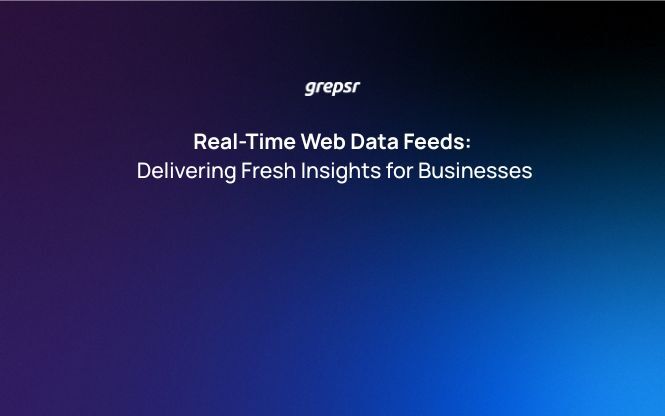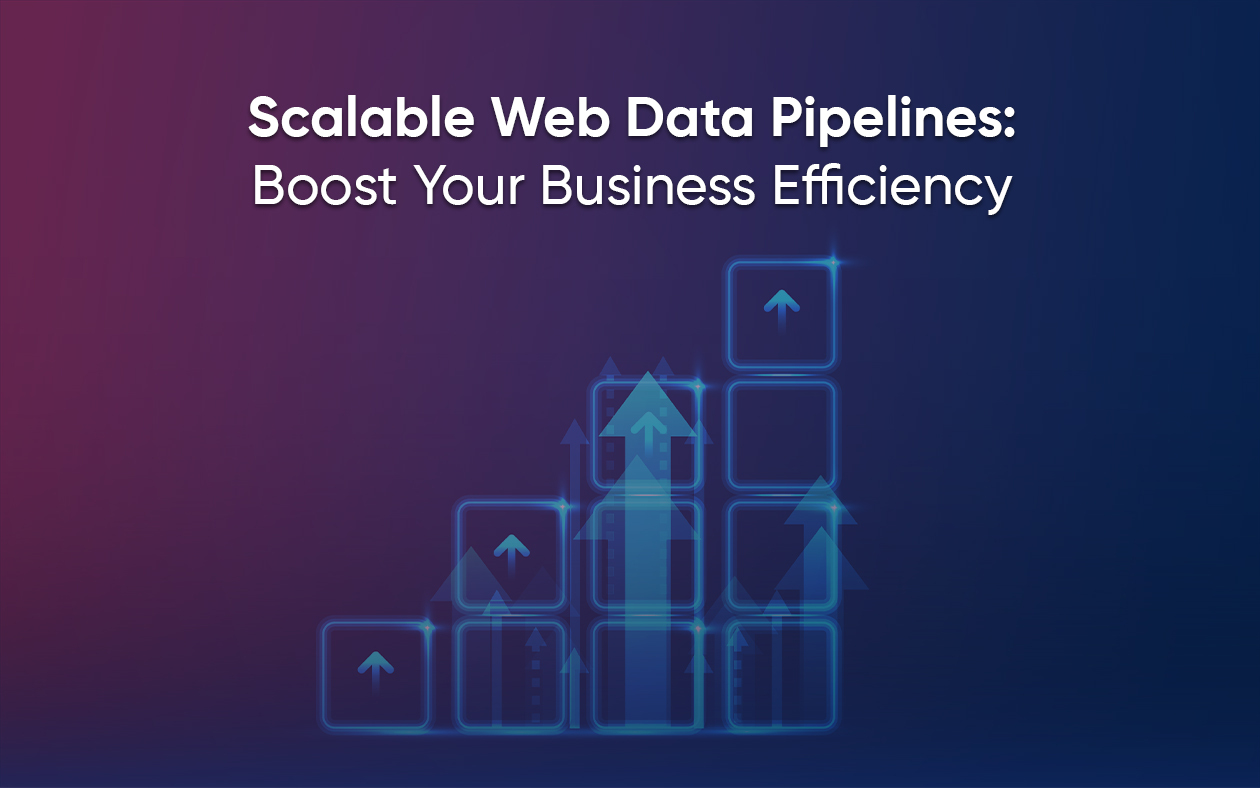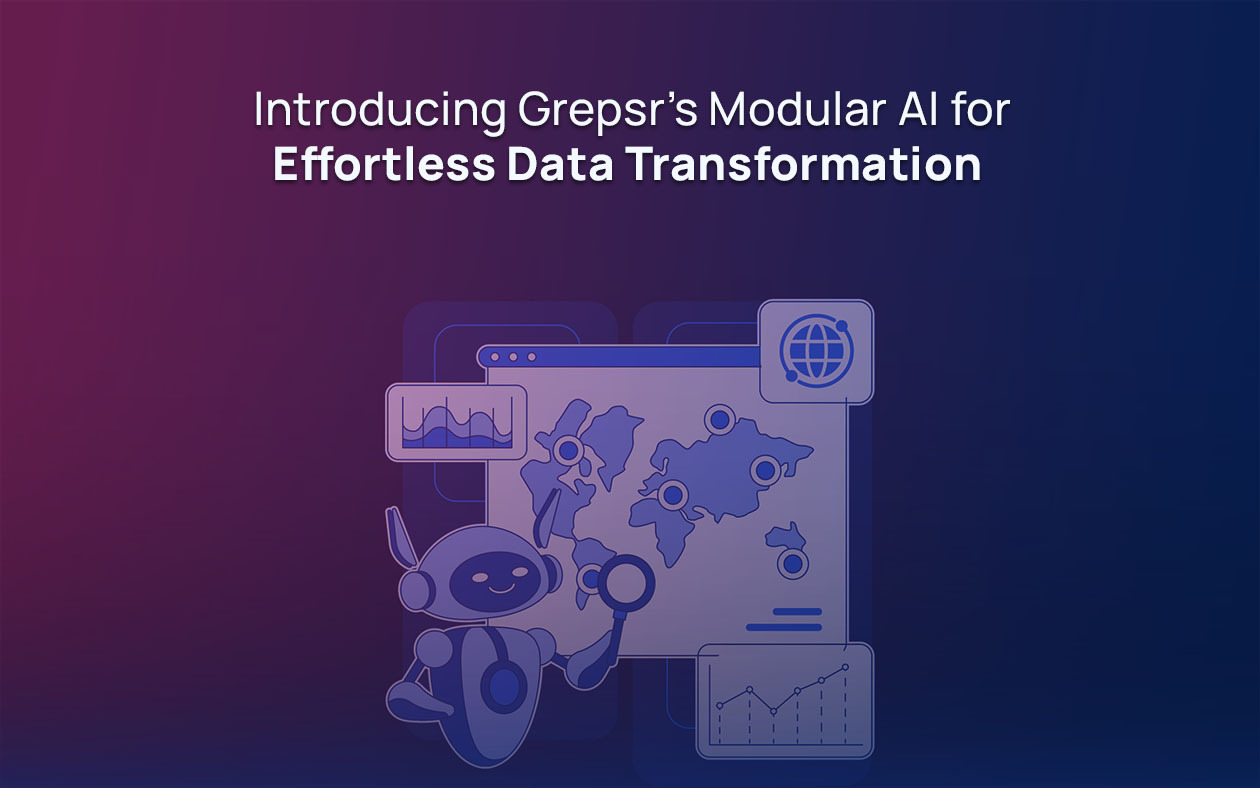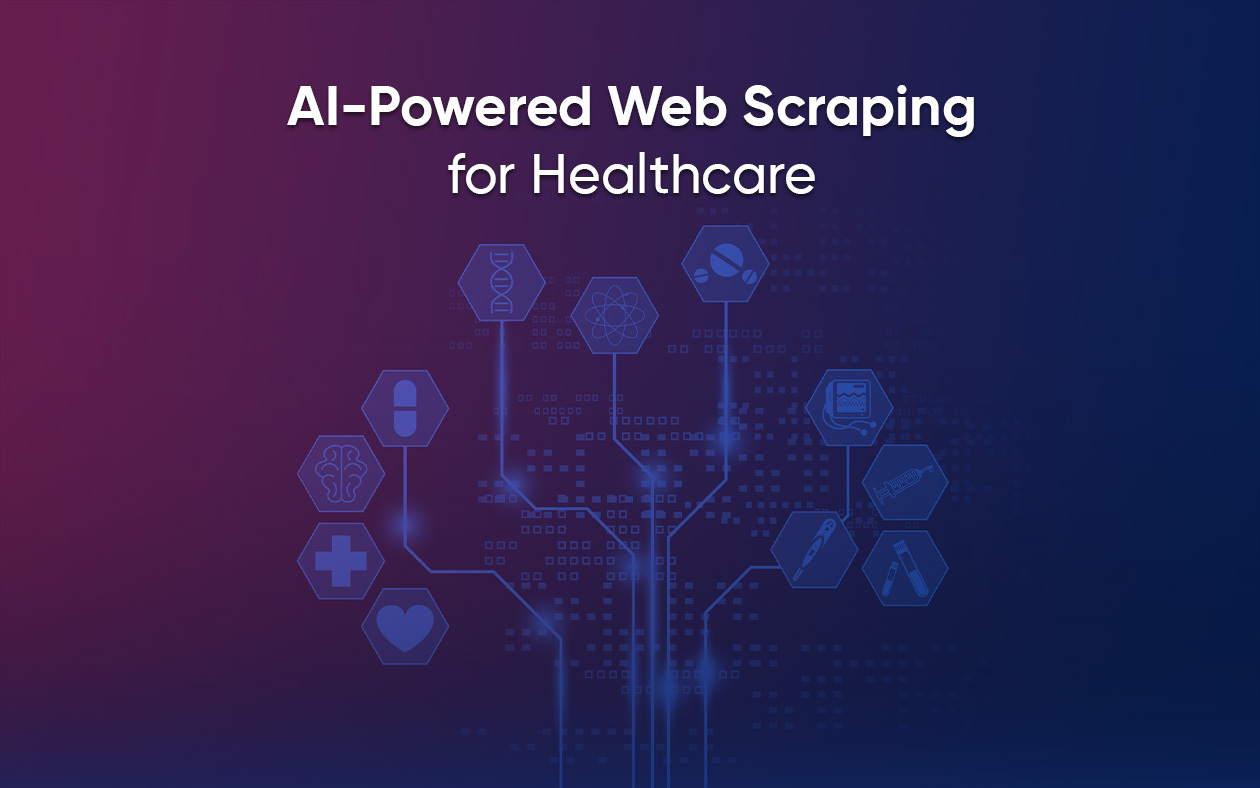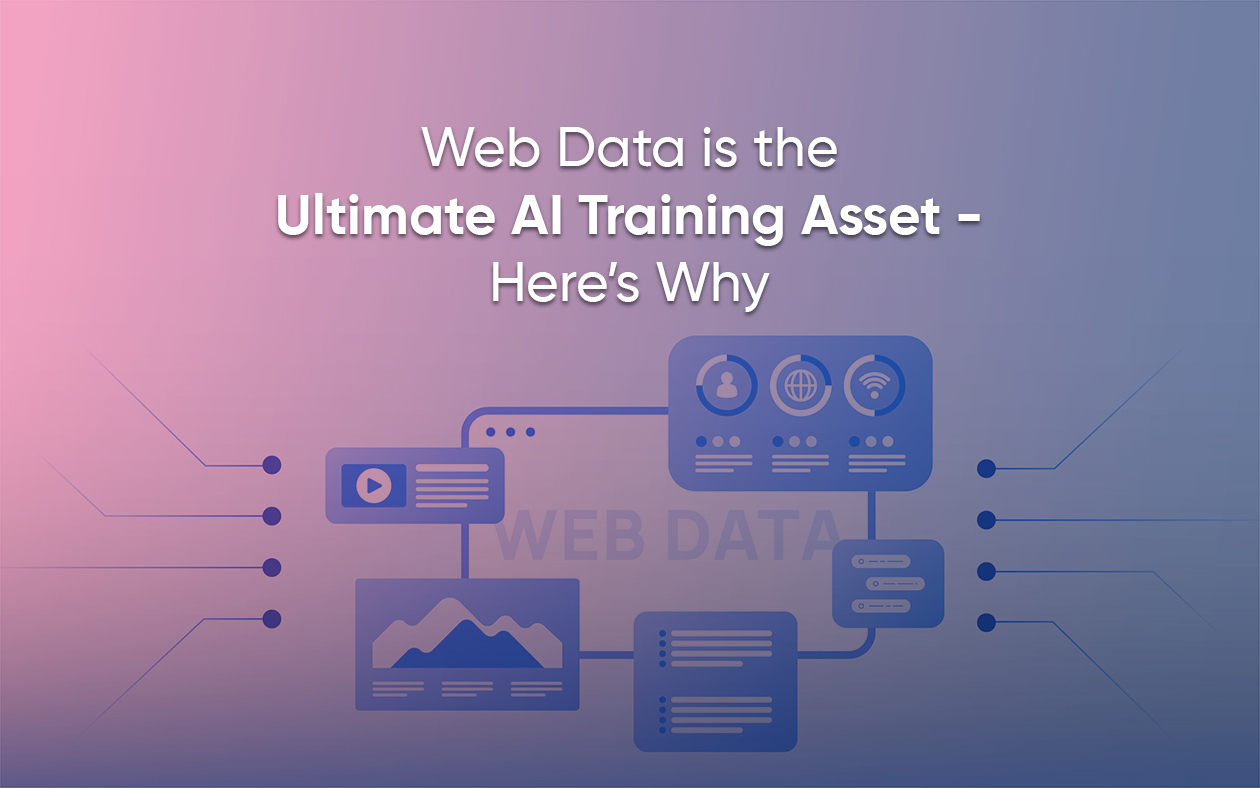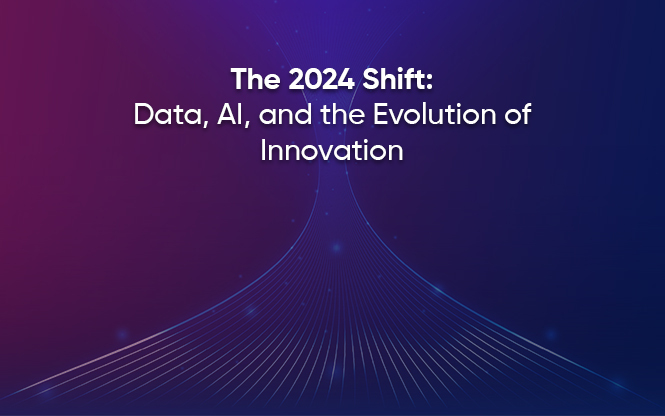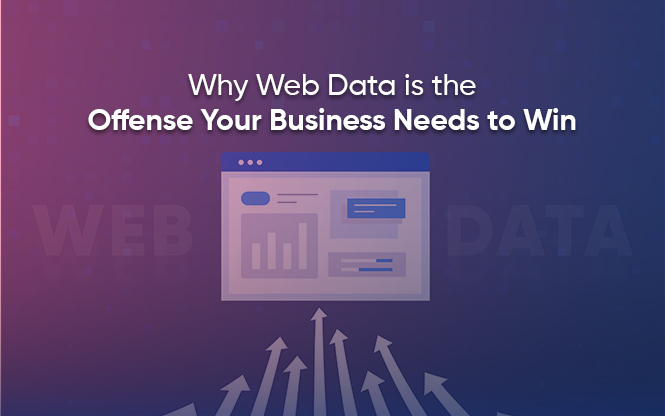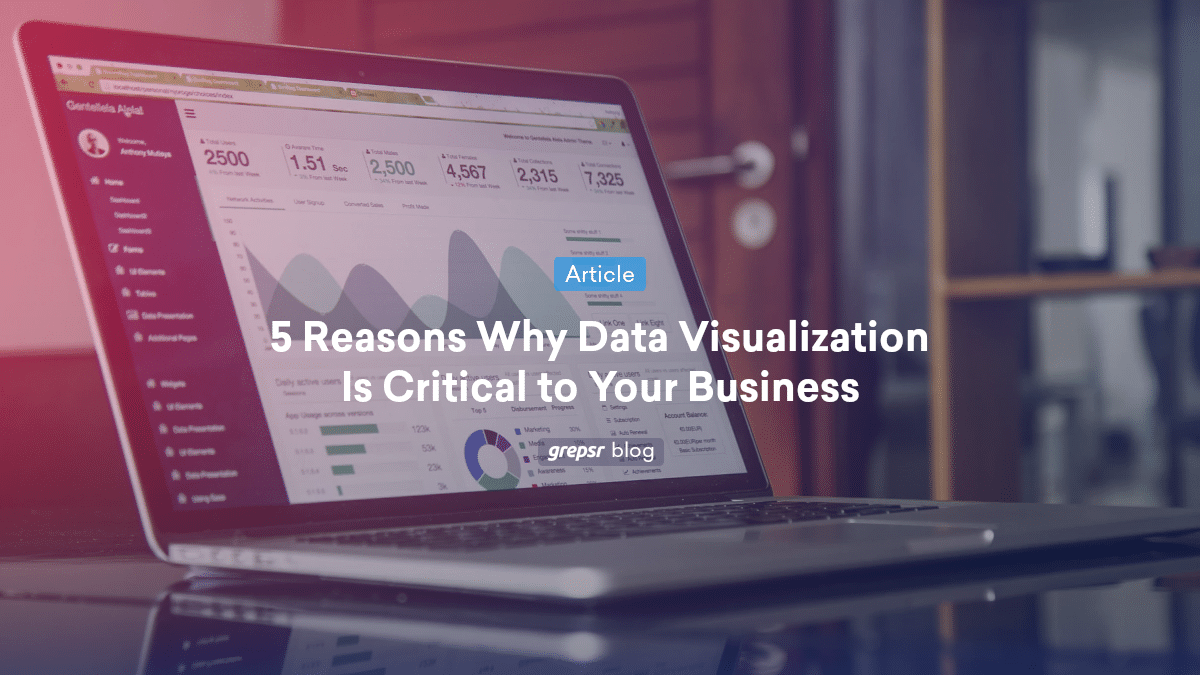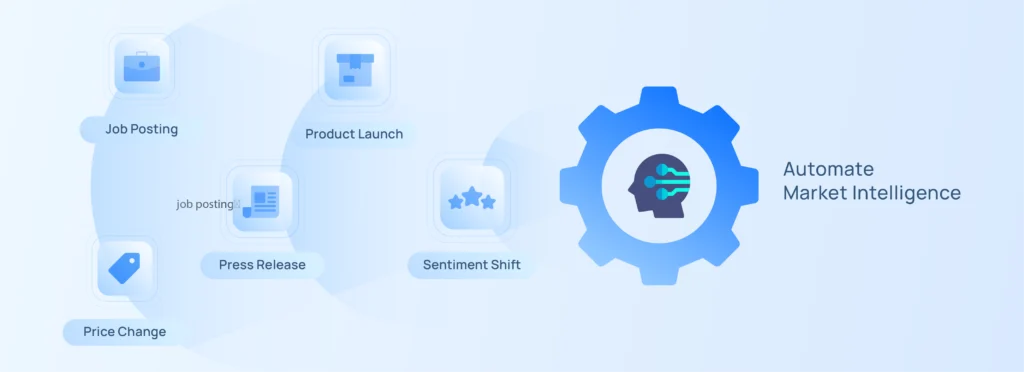
Your business runs on timely signals. The question is, are you seeing them early enough to act? A small price change, a surge in reviews, or a quiet product launch can tilt a quarter. When those signals arrive late or incomplete, plans drift and teams chase guesses.
That is why market intelligence web scraping should be part of your strategy from day one. With the correct setup, you turn public web data into a live radar for your market. You collect only what matters, keep it clean, and ship it where decisions happen.
In this article, we will show how Market Research Teams, Strategy Consultants, and Business Managers can automate the complex parts. You will see where to find high-value market research data, how to align strategic scraping with your goals, and how competitive intelligence automation turns daily changes into clear actions.
We will also cover how to schedule web scraping jobs automatically, validate and cleanse the feed, and use Grepsr to deliver trusted business insights data on time, every time.
Why Market Intelligence Matters?
Market intelligence provides a clear picture of trends, competitors, and customer behavior, enabling you to plan with facts rather than guesses.
It helps you spot new opportunities, align strategy, and improve ROI across campaigns and product bets. Analysts and consultants agree on the core idea: to provide the correct information to the right people at the right time, so they can take action.
Where Web Data Fits in Market Intelligence?
Market intelligence web scraping involves the automated collection of public data from websites that are relevant to your business. Think product pages, app stores, reviews, job listings, store locators, news, and forums. The big wins are scale, speed, and coverage that manual research cannot match. Used well, it delivers real-time competitive context for pricing, assortment, promotions, and demand.
Core Questions Your Program Should Answer
- What changed and where?
Prices, pages, and availability are subject to change daily. You need alerts on changes that matter. - Are we gaining or losing ground?
Compare your price, assortment, and review trends to rivals over time. - What is coming next?
Use signals like job postings, roadmap notes, and product teasers to see moves before they land. - Keep this list concise, tying each question to a specific data source and a corresponding decision.
A Simple Automation Blueprint
To keep language simple, think of a loop with five parts:
- Sources: List the sites and sections that hold your market research data. Prioritize official pages and stable selectors.
- Collection: Scrape on a schedule and on triggers like price changes or new SKUs.
- Validation: Check fields at the edge to prevent broken values from entering the pipeline.
- Cleansing: Normalize currencies, dates, categories, and remove duplicates.
- Delivery: Push clean business insights data to your BI or data warehouse with versioning.
Responsible scraping and light legal checks should be part of the loop. Respect robots’ guidance and terms, avoid burdening sites, and follow privacy rules in your region.
Competitive Intelligence Automation: From Feed to Action
Competitive intelligence automation turns raw competitor data into daily signals for pricing, promotions, and product teams.
What to track:
- Prices and promos by SKU and seller
- Stock status and shipping windows
- New launches, variants, and images
- Review volume, ratings, and themes
How to act:
- Flag price gaps over a threshold
- Spot assortment gaps and fast-moving categories
- Surface review topics that drive conversions
- Share weekly deltas with owners for quick action
This is the backbone of modern price and assortment decisions across retail and marketplaces.
Market Research Data You Should Not Ignore
Go beyond product pages to get a fuller view of demand and direction:
- Reviews and social for sentiment and feature requests
- Job postings for hints on new teams, locations, and product lines
- POI and store locators for coverage and expansion patterns
- News and thought leadership for timing and positioning cues.
These sources make your market models more complete and often reveal early signals of change.
Strategic Scraping: Align Data to Decisions
“Strategic scraping” refers to harvesting only the data that answers a specific business question. Tie each feed to a metric in your dashboard or a workflow in your CRM.
- Map data points to use cases. Example: price, promo, and shipping feed → pricing playbook.
- Enrich records with IDs, categories, and regions so teams can slice by segment.
- Set clear acceptance rules. Example: Drop rows with missing prices or invalid currency codes.
- Keep a gold sample of pages to detect layout changes early.
This focus keeps costs predictable and insights sharp.
Scheduling: Set It and Trust It
You can schedule web scraping jobs automatically by cadence (hourly, daily, or weekly) and by triggers (such as new SKU detected, price delta, or review spike).
Add retries and health checks so no one has to babysit nightly runs. Grepsr publicly documents its use of Temporal for orchestration at scale, reporting high delivery reliability across complex workflows.
That kind of backbone is what keeps dashboards current without manual effort.
Governance, Ethics, and Risk Basics
A few lightweight rules prevent heavy headaches later:
- Respect site terms where applicable and avoid overloading hosts.
- Do not collect personal data without a lawful basis.
- Keep audit trails for sources, timestamps, and transformations.
- Quarantine suspect rows instead of silently passing them through.
These are standard best practices across reputable providers and communities.
Getting Insights Into Your Tools
Clean data is only helpful if teams can use it. Send validated feeds to your BI stack, data cloud, or pricing tool with clear documentation:
- BI and dashboards: BigQuery, Snowflake, Redshift, Power BI, or Tableau
- Activation: push deltas to pricing or CRM workflows
- Sharing: weekly one-pager of wins, gaps, and subsequent actions
This closes the loop from collection to decision.
How Grepsr Fits?
Grepsr can handle the heavy lifting so your teams can focus on analysis:
- End-to-end automation from collection to cleansing to delivery
- Validation and cleansing are built into the pipeline, not added later
- Scale and reliability across many sources and markets
- Expert help to design sources, rules, and monitors
Explore Services, see practical results in Case Studies, or learn specific patterns, such as competitive insights and sentiment analysis for research.
Conclusion
Automated market intelligence is effective when it remains simple. Pick the sources that answer your key questions, collect and validate on a schedule, cleanse and enrich for clarity, then deliver to the tools teams already use.
With market intelligence web scraping in place, competitive intelligence automation becomes routine, market research data becomes reliable, and business insights data move your strategy forward.
If you want a quick plan tailored to your use case, we can map sources, rules, and delivery in a short workshop, or start now with Grepsr Services.
FAQs – Market Intelligence Web Scraping
1) What is market intelligence web scraping
It is the automated collection of public web data for insights on trends, competitors, and customers, delivered in a format teams can use.
2) Which data sources matter most
Start with product pages, reviews, job postings, store locators, and news. Each source addresses a distinct question regarding demand, pricing, or expansion.
3) How do we keep the program compliant
Follow best-practice guidelines, respect site terms where applicable, avoid collecting personal data without a lawful basis, and throttle requests to reduce load.
4) How often should we collect
Match cadence to decisions. Prices may require hourly checks, while review themes may be reviewed on a weekly basis. Use triggers for spikes and new launches, and schedule web scraping jobs automatically with retries.
5) What is the fastest way to see value
Start with one use case, like price and promo tracking on your top 100 SKUs. Validate at the edge, cleanse centrally, and ship a weekly delta report.






